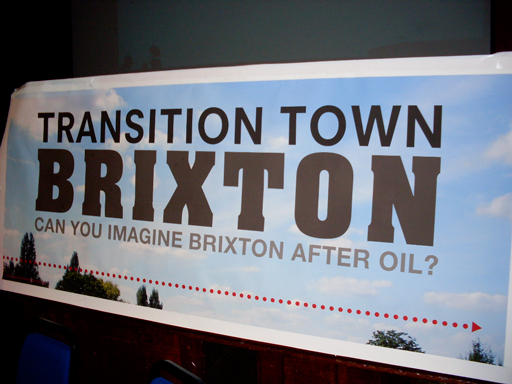2.1 Places shaping and responding to global change
Disciplines such as geography, anthropology and urban studies help us to see that, actually, cities, regions and other places actively help to shape global processes (see Barnett et al., 2008; Clark et al., 2008). Some places are sites from which globalising processes arise. All towns, cities and regions, to some extent, make their own contribution to global social, economic and environmental processes.
The sense of a need to respond to global change is increasingly manifest in a range of strategies through which cities and other places aim explicitly and programmatically to transform not only themselves, but also other places with which they are connected. These initiatives include the rapidly internationalising Transition Town movement, Fairtrade Towns, city-twinning practices, ‘slow city’ movements and others. This response to global change is also expressed in various forms of collaboration through which different cities or towns officially or unofficially learn from the practices of other places, often including the circulation of different models for transforming cities or the sharing of templates for urban change. Alongside these more formal attempts to redirect urban processes there are also a great many less formal practices through which other agencies seek to bring about change or to resist the changes that are being imposed upon them. These include grass-roots associations and movements, day-to-day practices of maintaining and reconstructing the urban fabric and spontaneous forms of organisation that often spring up in the wake of sudden change or upheaval.
Any attempt to manage and transform specific places is going to be complex, subject to different or competing demands and constrained by limited resources and incomplete knowledge. The framework of critical spatial thinking outlined in this course is meant to help in the task of understanding the relationship between any single place and the wider world, giving ways of conceiving of linkages and interconnectivities that can help us make sense of the challenges of place making: how place-based issues arise, and how they take shape and gain intensity.

